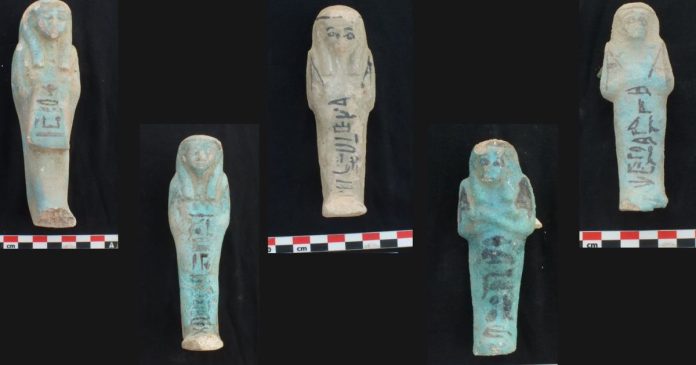In a significant archaeological breakthrough, archaeologists have identified the individual buried in Tomb Kampp 23, located in the Asasif necropolis on Luxor’s West Bank. Although researchers first uncovered the tomb in the 1970s, they never fully studied it. Now, the team has confirmed that it belonged to Amun-Mes, a prominent figure who served as Mayor of Thebes during Egypt’s Ramesside Period (circa 1292–1069 BCE).
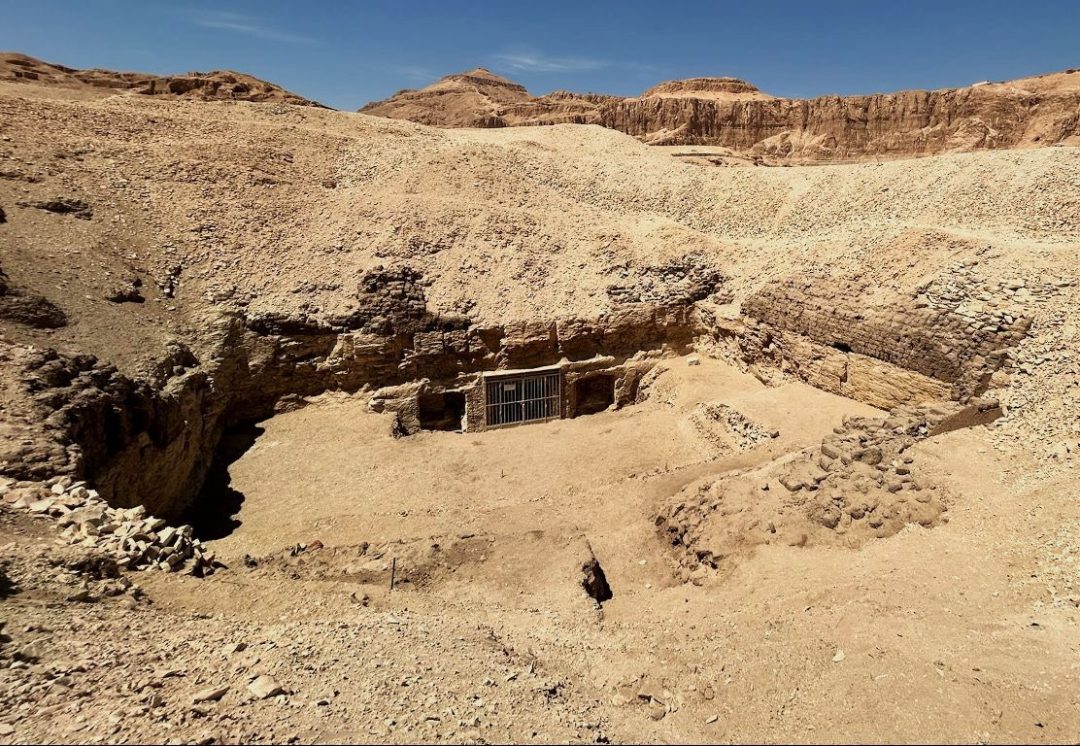
The joint Egyptian-Canadian archaeological mission announced this major discovery. The team is a collaboration between Egypt’s Supreme Council of Antiquities and the University of Ontario. It is the first mission to conduct official excavations within Kampp 23 since its initial documentation nearly five decades ago.
Solving a Longstanding Mystery
Although archaeologists have known about Tomb Kampp 23 for years, they had not determined its owner’s identity. Dr. Mohamed Ismail Khaled, Secretary-General of the Supreme Council of Antiquities, explained that researchers never fully excavated or studied the tomb, which left many questions unanswered.
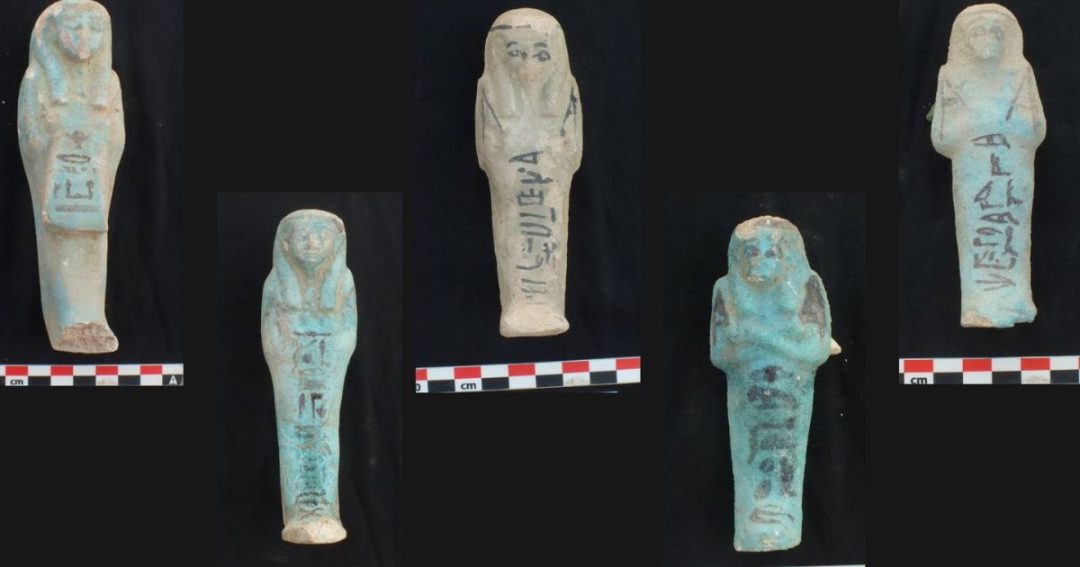
During the recent excavation season, the mission uncovered inscriptions and iconography that confirmed the tomb belonged to Amun-Mes, who served as Mayor of Thebes during the Ramesside era. Several of his titles were also identified, painting a clearer picture of his role and social status in ancient Egyptian society.
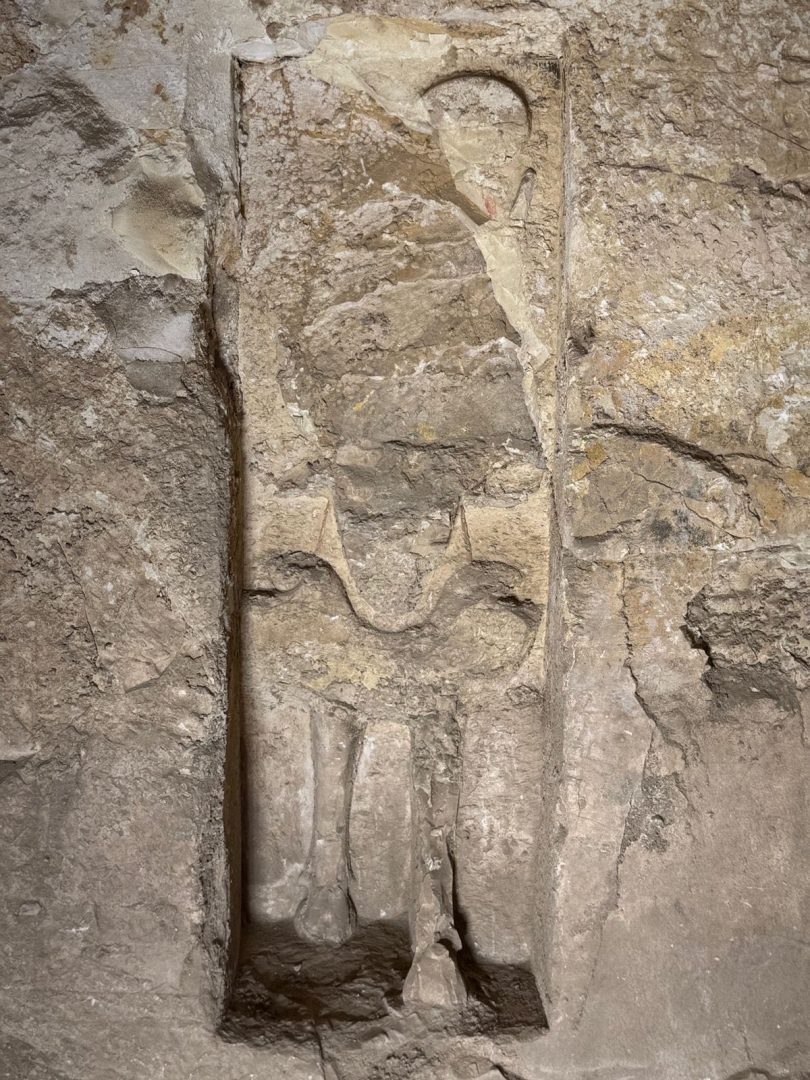
A Monumental Discovery
H.E. Mr. Sherif Fathy, Minister of Tourism and Antiquities, expressed his enthusiasm about the discovery. He described it as “a new and important milestone in Egypt’s ongoing efforts to uncover its ancient heritage.” He also emphasized the value of international archaeological cooperation. Such findings, he noted, help reinforce Egypt’s leading role in global cultural tourism.
“This discovery adds valuable information to our understanding of the political and administrative elite of ancient Thebes,” Fathy added. “It highlights the ongoing support Egypt provides to archaeological research and showcases the richness of our heritage to the world.”
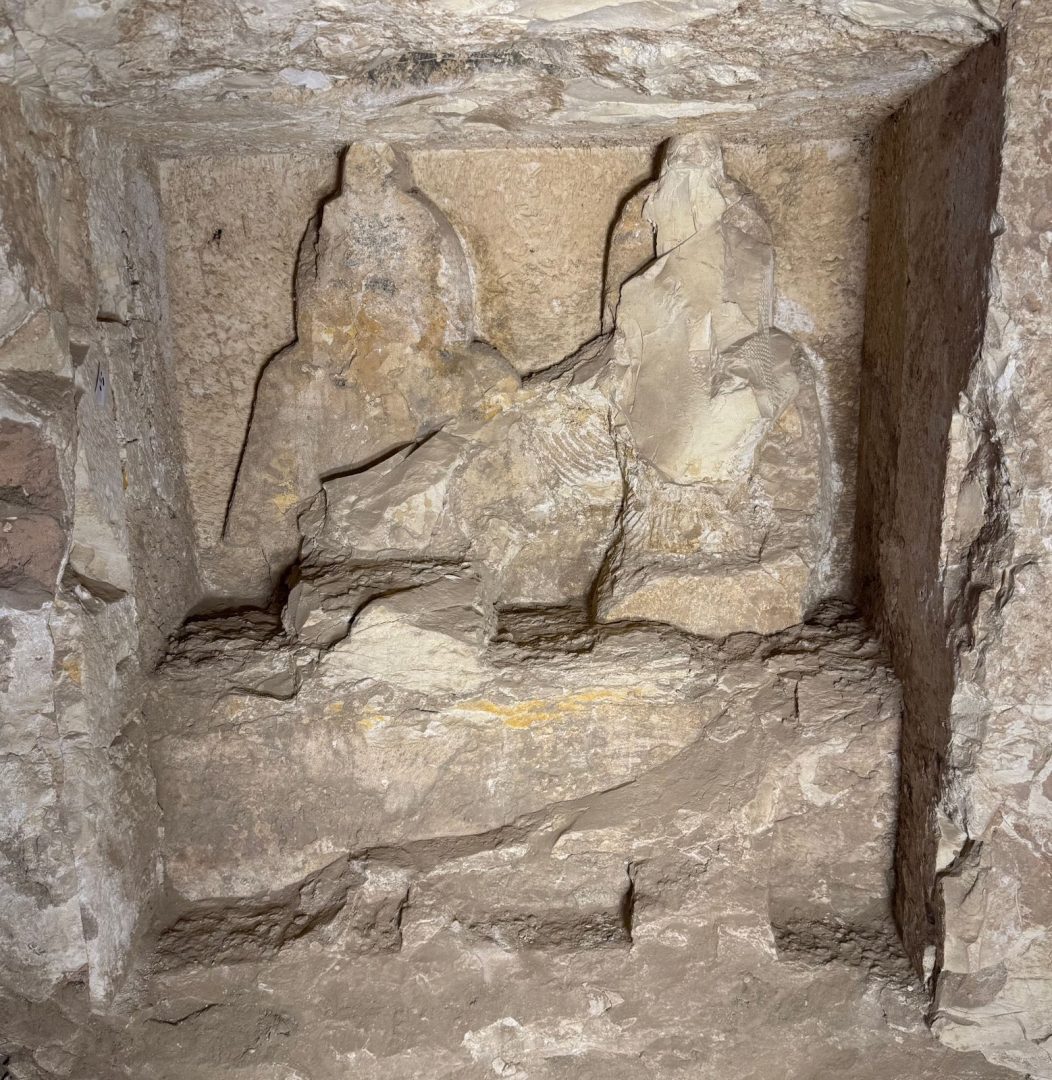
Rich Architectural and Artistic Features
The tomb features a characteristic T-shaped layout, typical of the Ramesside period. It includes a forecourt, a transverse hall, and a corridor leading to the burial chamber. The team also discovered rock-cut statues inside the chapel. In addition, they found traces of colored plaster on the limestone walls—evidence of the tomb’s once vibrant decoration.
Mr. Abdel Ghafar Wajdi, co-director of the mission from the Egyptian side, reported signs that later occupants reused the tomb. The team discovered fragments of plaster applied over older reliefs. They also found parts of the main entrance built with different materials. In addition, they uncovered funerary objects like ushabti figurines. These findings suggest that someone reopened or reused the tomb in later periods.
Connecting the Past
Mohamed Abdel-Badie, Head of the Egyptian Antiquities Sector, noted that several artifacts from Luxor’s West Bank mention a man named Amun-Mes. These artifacts list titles like Royal Advisor, God’s Father of Amun, Chief Tax Collector, and Head of Quarry Services under Ramesses IV.
However, researchers are still unsure whether these roles belonged to the Amun-Mes buried in Kampp 23 or to another individual with the same name. Further investigation and analysis of inscriptions and funerary items will be necessary to resolve this historical ambiguity.
Ongoing Research and Future Prospects
Dr. Casey L. Kirkpatrick, head of the mission from the University of Ontario, confirmed that excavations are ongoing. “Our goal is to further explore the life and career of Amun-Mes and fully document the tomb’s contents. We hope upcoming excavation seasons will provide the final answers regarding his identity and the broader context of his service in Thebes.”
She added that the collaboration with Egyptian authorities has been “exceptional” and praised the dedication of the field teams on both sides.

